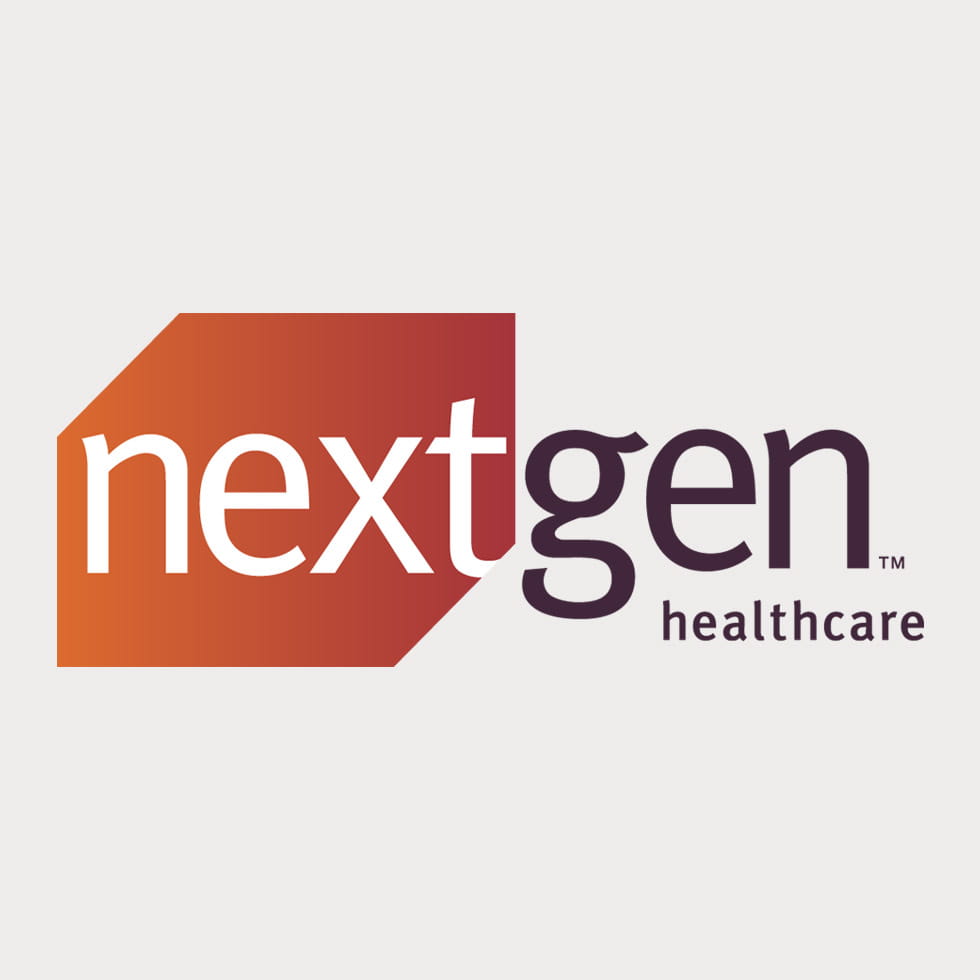In the modern healthcare landscape, running a successful practice means running an efficient practice. Technology is revolutionizing care and improving day-to-day operations by weaving efficiency into tasks that were once cumbersome and time-consuming for patients, providers, and backend staff.
By automating EHR workflows and introducing EHR efficiency tools, practices can optimize costs, save time, and improve patient experience and engagement.
Let’s discover the impact of EHR automation for efficiency and see how your practice can reap the benefits of efficiency-driving solutions.
What does efficiency in healthcare mean?
Efficiency is a hot topic in the modern world as we are constantly looking for ways to do things faster and better, with less. In healthcare, this translates into cost management, timeliness, and most importantly, quality of patient care.
True efficiency in healthcare is accomplished when EHR efficiency tools are woven into every step of practice operations. This means providers, backend staff, and patients all experience the impact of EHR automations for efficiency.
From the moment patients make an appointment and begin completing paperwork, their actions should automatically integrate into the EHR/PM system. This streamlines tasks for backend staff and puts information at providers’ fingertips so they can deliver personalized care. Automating these EHR workflows is key for patient engagement, physician efficiency, and staff support, giving your practice an overall boost.
See specific solutions in action.
Driving efficiency & patient engagement
Automated patient engagement solutions drive efficiency by putting more control in patients’ hands and making your practice more accessible. These solutions include online patient self-scheduling platforms, waitlists that autofill recently opened appointments, and smart messaging systems that send reminders and foster patient engagement.
Patients’ actions should automatically integrate into practice management and EHR, alleviating steps that need to be taken by staff. When patients use these EHR efficiency tools, it promotes consistent involvement in their patient journey, leading to better outcomes.
Clinical documentation automation for providers
When providers can do their job more efficiently, the benefits are multifaceted. One of the biggest hurdles for today’s providers is documentation. Constant note-taking and long after-hours charting lead to inevitable burnout.
AI-powered scribes and ambient listening solutions help minimize the strain of documentation and boost provider efficiency. For example, these tools can document patient-provider encounters, in accordance with HIPAA-compliant standards, and then automatically integrate the details into the EHR. This allows providers to spend less time documenting and more time connecting with patients.
Providers particularly benefit from EHR automation for efficiency. Ambient listening and AI scribes optimize staffing and give providers time back. These tools also help alleviate burnout and support the delivery of more personalized, quality care.
Automating EHR workflows to support staff
Staff shortages and managing workloads are ongoing challenges for ambulatory practices. Many organizations have front-end staff who are overwhelmed with administrative tasks. Meanwhile, these can overflow onto clinicians, leaving them tasked with menial, non-clinical work.
For example, a study from Deloitte US Center for Health Solutions highlighted that technology can free up between 13% and 21% of nurses’ time. This equates to 240 – 400 hours annually, per nurse. EHR automation for efficiency can optimize tasks such as documentation, referrals, and post-visit care coordination to help streamline workloads and save time.
Similarly, back-end staff are alleviated by EHR efficiency tools that minimize call volumes and keep schedules full without manual overhead. Automating EHR workflows and integrating patient engagement tools like self-scheduling are key for alleviating administrative work.
Why does efficiency in healthcare matter?
EHR automation for efficiency will only continue to grow and gain prominence. As a key driver of strong ROI, practice optimization, and time savings, practices are beginning to see the impact of EHR efficiency tools. This impact is shaping perceptions and propelling adoption.
Specifically, a report by McKinsey & Company discovered that about 25% of total U.S. health care expenditures, which is valued at around $1 trillion, go toward administrative tasks. Nearly 30% of these expenditures stem from inefficiencies.
Falling behind the curve with EHR efficiency tools will cost your practice both time and money. The perceptions around healthcare technology and EHR efficiency tools are changing. Nearly three in four health system executives (72%) said it is important to invest in platforms to support the use of digital tools. Adopting these digital tools ensures your practice stays ahead in an evolving landscape and continues to have the tools to support your staff and patient base.
What does healthcare efficiency look like at your practice?
EHR automations for efficiency are at the core of working smarter, doing more, and achieving stronger outcomes. Weaving EHR efficiency tools into your operations is your ticket to optimizing costs, saving time, and improving patient experience and engagement.
At NextGen Healthcare, we are fostering ways to optimize your practice performance and weave efficiency into every element of the care journey and day-to-day workflows.
If you want to learn more about staying ahead in EHR automation for efficiency, our team is here to help. Schedule a time to meet with our team and discover the difference EHR efficiency tools can make.





